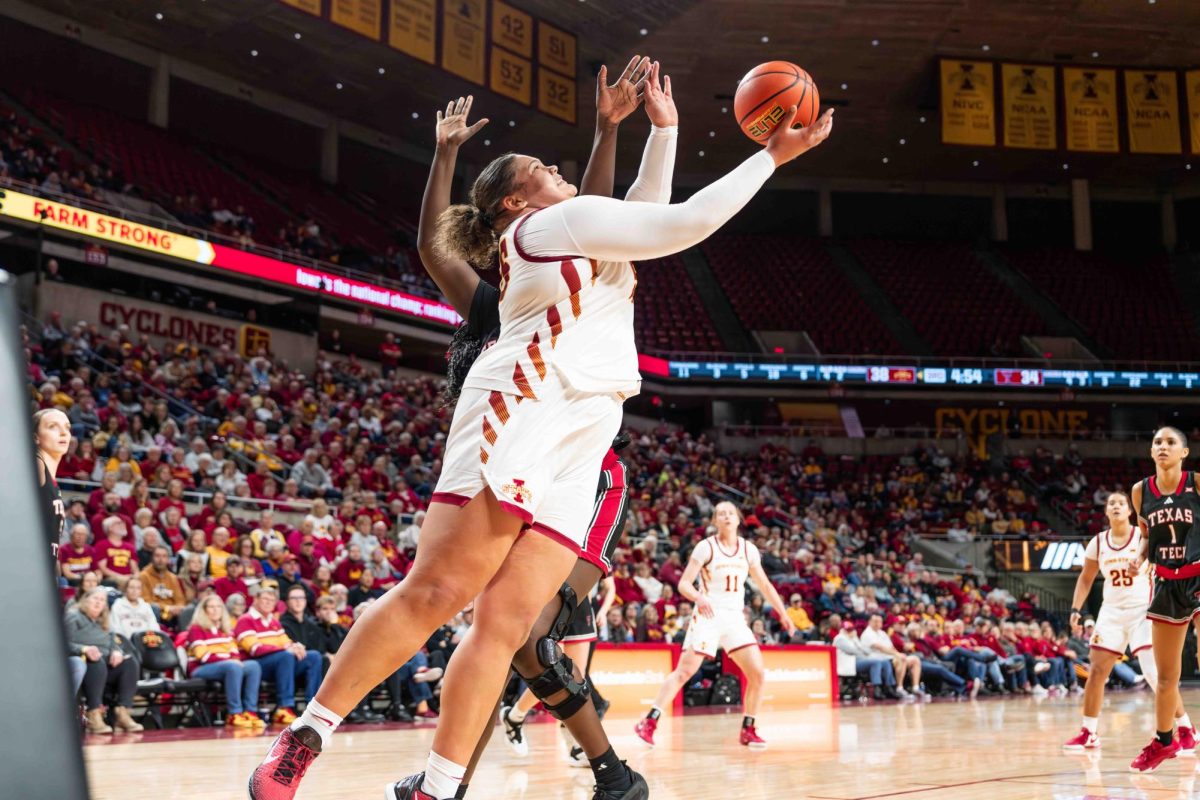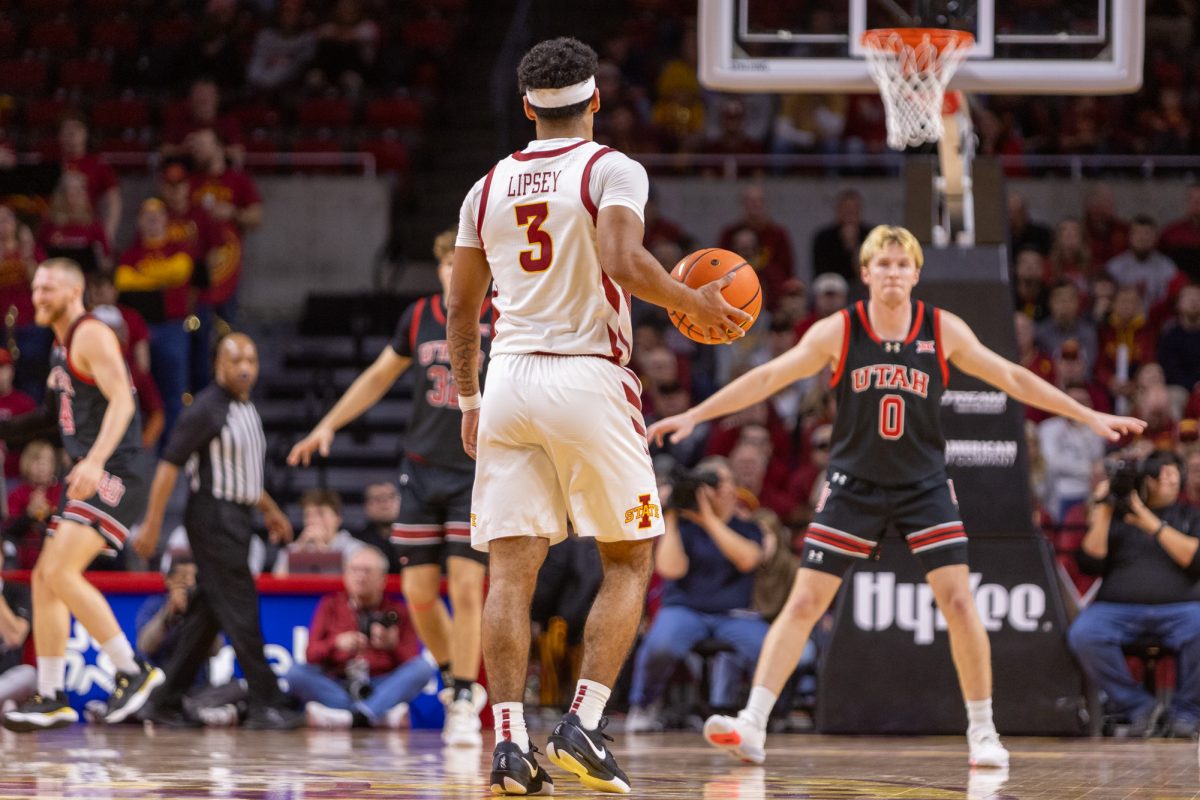ISU Science Bowl tests high schoolers
January 29, 2007
If you think your science exams are nerve-wrecking, imagine attempting one with no calculator, no reference sheet and no idea what subject the next question covers.
In Hoover Hall on Saturday, 48 teams of Iowa high school students contemplated and calculated their way through the 2007 Ames Laboratory/ISU Science Bowl, with Iowa City’s Regina High School taking top honors for the second year in a row. “They’re all good learners, they really are,” said Barb Reilly, Regina Advanced Placement biology instructor and coach of the championship team.
Regina seniors Phil Ward, Josh Modrick, Wes Hottel, Vanessa Shiu and team captain Peter Montag edged out Central Academy in the final two matches of a double elimination tournament between the top 16 teams, overcoming an earlier semifinals defeat by Central.
Regina’s 2006 team had a similar scare when the Ames team beat them once before Regina came back to defeat them twice in the regional finals.
“They did that to us last year,” Reilly said of the last-minute comeback. “I can’t believe they did it again. I don’t know how they know all that stuff.”
Regina will go on to compete in the 2007 National Science Bowl in Washington D.C. on April 26-30. The team made it into the top 16 at the national competition last year, winning $1,000 for the school’s science program from the U.S. Department of Energy, the bowl’s sponsor. National champions have received prizes such as science research trips and collections of calculators and computers for school laboratories.
“It’s been a long day,” Ward said. Round robin competition began at 8:30 a.m., with the championship match ending around 5:30 p.m.
During the fast-paced 16 minute matches, two teams of four players raced to answer questions about astronomy, biology, chemistry, earth science, general science, mathematics and physics, relying on nothing except for pencils, scratch paper and their often encyclopedic knowledge of science.
According to the National Science Bowl Web site, Nationalsciencebowl.energy.gov, the questions for high school students are aimed at a first-year college level. Despite the difficulty, the champions all agreed that the bulk of their preparation was simply completing challenging science coursework and reviewing the practice questions available on the NSB site.
Montag said some of the most difficult questions were in the often unpredictable general science category.
“They seem to pick random stuff out of the air,” he said.
The competition for high school students was started in 1991 by the Department of Energy as a method of “making math and science fun for students [and] to encourage them to pursue studies and careers in math and science,” according to the NSB site; a similar competition for middle school students was started in 2004. Many of the regional bowls are directly run by DOE facilities around the country, and the Ames Lab is no exception.
“Since ’91 we’ve brought approximately 3,000 high schoolers to ISU,” said Steve Karsjen, competition coordinator and program director of Ames Lab. “We reach out to students all across Iowa.”
Karsjen said the competition is not only an opportunity for students to flex their scientific muscles but is also another way students can get to know the university better.
“Students get to see a lot of campus,” Karsjen said. “Twenty percent of our volunteers are ISU students; some used to be in the science bowl . we very much consider the science bowl to be a recruitment opportunity.”






